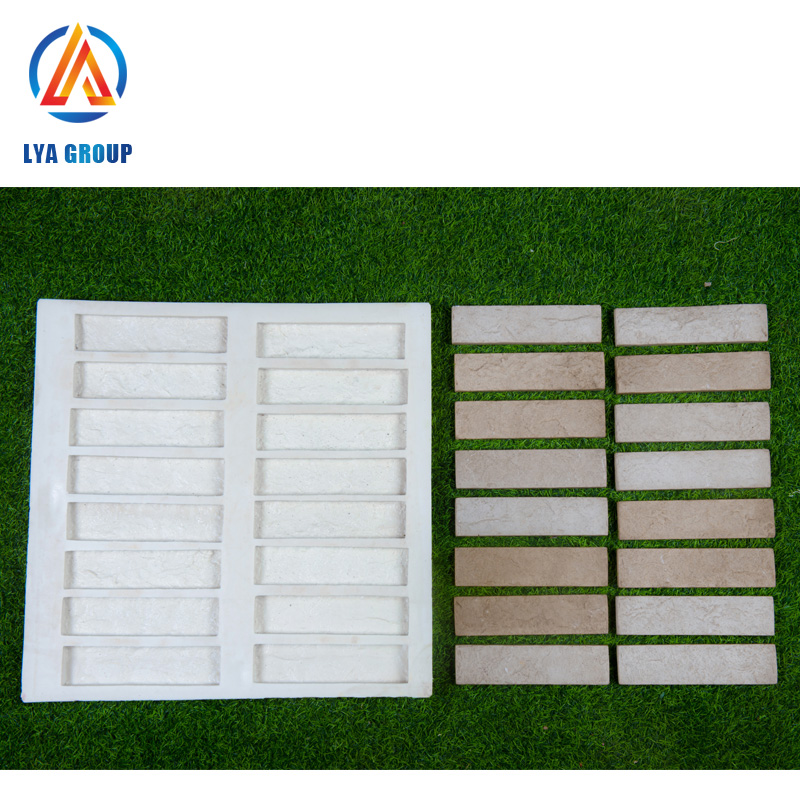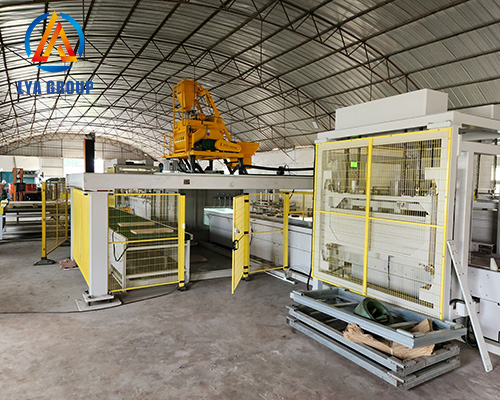What is artificial stone?Grades of artificial stone molds
News 2024年4月26日 131
The video: This is the artificial cultural stone mold produced by our manufacturer
The composition of artificial stone can vary depending on its intended use and desired appearance. Different types of artificial stone may employ various materials and manufacturing processes to meet specific requirements. One common method involves combining crushed natural stone with a binding agent, resulting in a durable and aesthetically pleasing product.
Alternatively, synthetic materials like glass or ceramic can be utilized in the production of artificial stone, offering distinct characteristics and design possibilities. These materials allow for greater versatility in terms of color, texture, and pattern options.

The choice of materials and manufacturing techniques is influenced by several factors, including the desired strength, durability, and appearance of the final product. For applications that demand exceptional strength, additional reinforcement may be incorporated into the artificial stone composition.
Manufacturers may also consider the environmental impact of artificial stone production. Sustainable practices, such as incorporating recycled materials or reducing energy consumption during manufacturing, are becoming increasingly important in the industry.
In conclusion, the composition of artificial stone is highly customizable, enabling manufacturers to tailor the material to specific applications and aesthetic preferences. The selection of materials and manufacturing methods should align with the desired strength, durability, appearance, and environmental considerations to create high-quality artificial stone products.

Here are some common factors to consider when evaluating the grade or quality of artificial stone molds:
- Material Quality: The grade of an artificial stone mold can depend on the quality of the material used to construct it. High-grade molds are typically made from durable materials like silicone, polyurethane, or fiberglass, which can withstand repeated use and provide good dimensional stability.
2. Finish Quality: The surface finish of the artificial stone produced using a mold is an important factor. A high-grade mold should be able to produce artificial stones with smooth and detailed finishes, without significant defects or imperfections.
3.Dimensional Accuracy: The mold’s ability to produce artificial stones with accurate dimensions is crucial. A high-grade mold should maintain consistency in shape, size, and thickness throughout the casting process, resulting in precise and uniform artificial stones.
4.Durability: The longevity and durability of the mold are important considerations. A high-grade mold should be resistant to wear, tear, and deformation over time, allowing for multiple uses without significant degradation in quality.

5. Ease of Use: The grade of an artificial stone mold can also depend on how user-friendly it is. A high-grade mold should be easy to handle, demold, and clean after use, facilitating efficient production and minimizing the risk of damage to the mold or the castings.
6.It’s worth noting that different manufacturers or suppliers may have their own grading systems or quality standards for artificial stone molds. When considering purchasing or using molds, it’s advisable to consult product specifications, customer reviews, and recommendations to assess the quality and grade that best suits your specific needs.